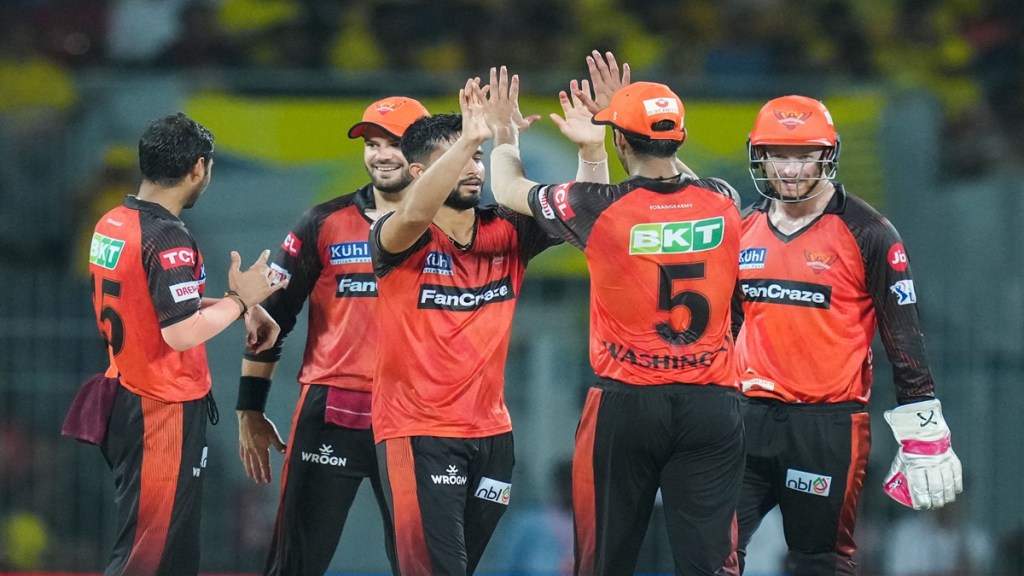By Tushar Bhaduri
Most of the top cricketers in the world are owned by their Indian Premier League franchises as of this moment. Bilateral series and ICC mega-events are put on the back burner as they move around the vast country displaying their T20 skills in front of big crowds.
And with T20 leagues mushrooming around the world – even in places not considered cricketing hotbeds – franchise cricket seems destined to take over the international game, which was supposed to be the bedrock of the game not too long ago. The UAE, America, and Saudi Arabia are offshore cricketing venues, but one of these countries has already hosted a T20 league attracting some big names, another is set to stage one, while the third is keen to host the richest such competition in the world, that is likely to upstage even the IPL.
Also read: Ringside view by Tushar Bhaduri: Sport, politics can’t stay apart
Added to this phenomenon is the growing footprint of IPL franchises, which now own teams around the world. Owners of Mumbai Indians, Kolkata Knight Riders, Delhi Capitals, Chennai Super Kings, Rajasthan Royals, Sunrisers Hyderabad, Punjab Kings, and Lucknow Super Giants have acquired teams in South Africa, the USA, the Caribbean, and the UAE. It’s understandable as they have the deep pockets necessary to operate teams in different parts of the globe, and need to do so to optimise their return on investment.
Most of these franchises pay much more than what most national boards can afford to offer their players. It explains why the likes of Trent Boult, Martin Guptill, and Colin de Grandhomme have refused central contracts in a bid to maximise their earnings playing franchise cricket around the world.
With the BCCI not totally ruling out the possibility of a second IPL in a year, where it will leave traditional bilateral cricket is the big question. In any case, while the IPL is on, Pakistan is hosting New Zealand and Sri Lanka is playing against Ireland at home. Three of these four teams are missing some of their best players (Pakistani players are persona non grata in the IPL), which can only be termed a dilution of international cricket.
The International Cricket Council (ICC) and the national boards continue to talk about the primacy of international cricket, especially Tests. But the number of matches in the longest format not involving India, England, and Australia has gone down drastically. A team such as South Africa, with a rich legacy and which was the No. 1 team in the format a few years ago, has been allocated less than a handful of matches in the remainder of 2023.
Peek into the future
There is a fear, not completely unfounded, that in the near future, only the marquee Test series involving the ‘Big Three’ will continue, along with the major ICC events. The rest of the cricketing calendar will be taken up by franchise leagues.
There is already speculation that wealthy team owners will like nothing better than tying up their player assets with long-term contracts that will enable them to be fielded in various T20 leagues around the world. So, a player for Kolkata Knight Riders can also turn out for Trinbago Knight Riders, Abu Dhabi Knight Riders, and Los Angeles Knight Riders. Or a Mumbai Indians player being fielded by MI Emirates, MI New York, and MI Cape Town.
Also read: Ringside view by Tushar Bhaduri: Pitch plays on Aussie minds
Where does all this leave international rivalries – who will watch Sri Lanka vs New Zealand or South Africa vs West Indies? The international game is anyways heavily dependent on the revenue generated by the Indian team. Most of the major ICC sponsors are Indian companies or those that do a large part of their business in India. A major part of the fanbase at offshore cricketing venues is made up of the expatriate population from the subcontinent. And with the Indian cricket ecosystem being exported to other parts of the world, via IPL franchises, the situation is going to be even more lopsided in the near future.
Club vs country
The IPL has become so big that there is now an unofficial window for it in the international calendar and most cricket boards don’t hesitate to release players for it even if they have their own national team in action during that period.
What will really put the cat among the pigeons is if the BCCI allows its contracted players to feature in overseas T20 leagues. That’s not the case right now as the board feels that doing so will dilute the IPL brand and provide other competitions with the biggest USP that the Indian league has. If at any time in the future, the decision-makers in Indian cricket permit their players to appear in overseas leagues, upcoming players will have a viable source of livelihood without necessarily aiming to play for the country. Dreams of playing for India may be replaced by donning the jerseys of several T20 franchises in exchange for megabucks.
Whether for better or for worse, the future of cricket at the international level rests in Indian hands. Virat Kohli, when at the helm of the national team, always spoke about Test cricket as the pinnacle of the game. But with so many lucrative opportunities on the horizon, whether the next generation of players coming through will think that way is the million-dollar question, no pun intended.
